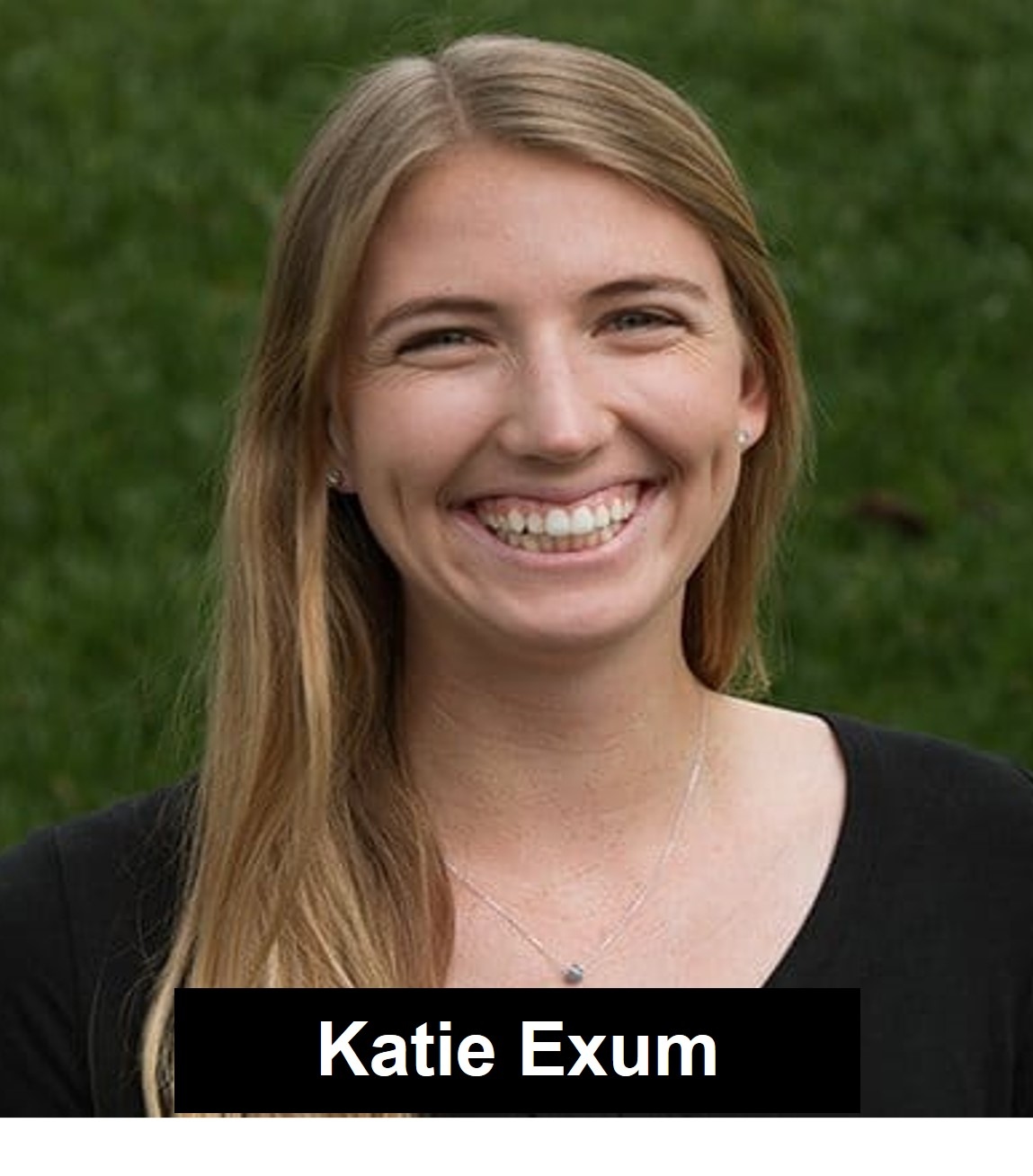News Items - International Association of Packaging Research Institutes
| What packaging? How much? And when? Our review of IAPRI’s June Conference concludes with a look at two general-stream papers and one sponsor presentation, all of them offering different perspectives on packaging in the supply chain. Out of the many fine papers delivered at the June Online Conference, our final selection highlighted by moderators revisits three presentations from four women: on packaging postponement; pallet deflection effects with plastics pails; and cloud-based specification management. The packaging postponement paper was one of two presented by Monireh Mahmoudi of Michigan State University (MSU). IAPRI president and moderator of the session in question Jay Singh emphasizes that both papers were “excellent” thanks, to a great extent, to their cross-disciplinary approach. “The myriad of packaged good varieties available throughout the global economies owe their success, in a considerable part, to the systematic evolution of related supply channels,” Singh explains. “With an increase in mass production of goods and related packaging, management processes have proven critical towards quality maintenance through logistical optimizations and global sourcing.” He adds that the MSU research overlaps traditional packaging research with manufacturing and supply chain management. “It is rare to find researchers like Monireh who have the skill set to understand both of these, typically separately studied, disciplines.” Timing is everything  As Mahmoudi herself explains, ‘postponement’ can refer to different elements within the supply chain. The title spells out her own angle: ‘A decision support model for identifying optimal labeling and packaging postponement strategy’. As Mahmoudi herself explains, ‘postponement’ can refer to different elements within the supply chain. The title spells out her own angle: ‘A decision support model for identifying optimal labeling and packaging postponement strategy’.The research team made three contributions to this topic, the first of which was a literature review. The last review of this type was conducted in 2000, according to Mahmoudi. “The second contribution is that we are developing a new mathematical model, or a decision support system, for identifying the optimal strategy,” she says, adding that this strategy may turn out to be full postponement, partial postponement – or none at all. “Finally, we have been exploring the impact of factors such as lead-time, correlation coefficient, product unit cost, and so on,” says Mahmoudi. This involved employing sensitivity analysis. Mathematical modeling was applied for different scenarios of supplying product to retailers. This allowed the mapping of hypothetical capacity against one of, say, four retailers, with an indication of whether, at any given point, postponement should be applied or not. Once capacity reached a given point, the postponement of packaging for all retailers became advisable. In terms of lead-time, once this reached three weeks, under this model, postponement was recommended. The impacts of additional cost, unit cost, holding cost and cycle service time were also analyzed and quantified. Mahmoudi concludes that most of these additional factors favor packaging postponement, while additional cost as a factor pulls in the opposite direction. “Product is preferred as the target for packaging postponement when its demand has high mean and high standard deviation,” she adds. Pail practicalities  Among other papers warmly recommended by moderators across the various sessions in the June Conference was Mary Paz Alvarez Valverde’s investigation into ‘the Effect of Plastic Pails on Pallet Deflection and Pressure Distribution for Stringer Class Wooden Pallets’. Valverde carries out her research at the Virginia Tech Center for Packaging and Unit Load Design (CPULD). Among other papers warmly recommended by moderators across the various sessions in the June Conference was Mary Paz Alvarez Valverde’s investigation into ‘the Effect of Plastic Pails on Pallet Deflection and Pressure Distribution for Stringer Class Wooden Pallets’. Valverde carries out her research at the Virginia Tech Center for Packaging and Unit Load Design (CPULD).She begins her presentation by suggesting that the tests used to determine the fitness-for-purpose of new and recycled wooden pallets are often unsophisticated. “For example, a uniformly distributed flexible load - or airbag - is used, generalizing the load that’s applied; but in reality, it’s a conservative approach.” A more recent technique has involved the exploration of load bridging, where the pallet supports influence how pressure from the load is redistributed. “Most of these studies have been done with corrugated boxes,” she says. “There have been no studies done on full-scale unit loads of pails.” Four different square and rectangular pallet formats were used in the research. Uniform 18.9 liter plastic pails were utilized throughout. As well as standard stack patterns, a nested stack pattern was also trialled. All loads were stretch-wrapped to provide a consistent containment force. Three different dial gauges were used to measure deflection with separate pressure measurement. Across the different conditions trialled in the study – for example, racking across the width as opposed to the length of the pallet – there was always very a significant difference between the airbag and pail unit load. “Load bridging is always statistically significant, and reduction ranged from 32% to 89% in deflection,” says Valverde. “And the greatest effect was found in single-stacking, with a 71% to 89% reduction.” She concludes that the choice of pallet design was statistically significant in every case. The results are being integrated into standard pallet design software. From spec to test  Finally, anyone involved in the industry understands the importance of the precise packaging specification for a given application; but few would judge that, by and large, technology provides adequate support to this type of critical decision. A sponsor presentation from US-based creator of cloud-based specification management platforms Specright reminds us that just such a solution already exists. Finally, anyone involved in the industry understands the importance of the precise packaging specification for a given application; but few would judge that, by and large, technology provides adequate support to this type of critical decision. A sponsor presentation from US-based creator of cloud-based specification management platforms Specright reminds us that just such a solution already exists.Former Cal Poly students Danielle Goad (product manager and academia program manager) and Katie Exum (product success manager) provide an overview of the Specright platform itself, the PackSight online platform for package testing and the ways these are already being used by academia – including several IAPRI members. In her section of the presentation, Goad details how, over the years, the number of stock-keeping units (SKUs) managed by any given brand has, typically, seen a significant increase. “In terms of properly managing all of the specifications, companies can no longer deal with all these SKUs within their ERPs and PLMs [Enterprise Resource Planning and Product Lifecycle Management systems],” she argues, explaining that there is not sufficient granular data available for this to happen. Quite apart from the many consumer goods businesses which have recognised the need for a specification management system, among the US university packaging schools currently utilizing Specright, Goad lists MSU, Clemson, Cal Poly, Wisconsin Stout, Virginia Tech and Rutgers. She uses the example of how Wisconsin Stout has incorporated use of the Specright platform into a 16-week course project, where students are given a problem or challenge by sponsors and work to resolve it.  “Students learn how to collaborate on a specification, working in teams,” she reports. “They are also taught how packaging engineers would develop a spec in industry, how components and materials might relate in a system, and how a specification is, in fact, the foundation of packaging.” “Students learn how to collaborate on a specification, working in teams,” she reports. “They are also taught how packaging engineers would develop a spec in industry, how components and materials might relate in a system, and how a specification is, in fact, the foundation of packaging.”Exum then runs through the various sections of the company’s online test planning and reporting platform PackSight: the Select, Collect and Analyze pages. These include the recently-launched option of web-reporting, where password protection is offered. “Test reporting can now include videos,” she says. “And this may well be where test reporting goes next.” Again, the platform is already being utilized by US universities as an educational tool. “Cal Poly and Clemson have been using PackSight during the pandemic, in many cases to give students an idea what package testing consists of, even when they can’t actually use the equipment,” says Exum. On that topic, these and all the other presentations serve to remind us, both that an online event can deliver valuable content as well as the face-to-face version and that – nonetheless – most of us eagerly anticipate the time when such events will, once again, be in-person. Published: 08/30/21 |